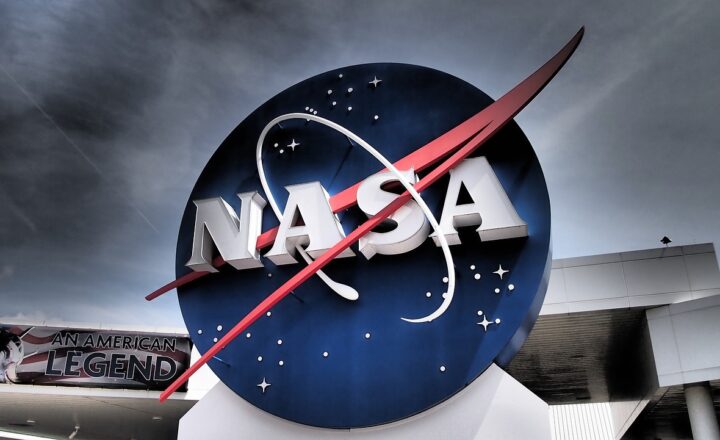
As humanity stands on the brink of a new era in space exploration, the question of which country will be the first to send astronauts to Mars looms large. While the Moon has been visited repeatedly, Mars presents an entirely different challenge—one that requires not only advanced technology but also formidable financial and logistical commitments.
1. The Importance of Mars Exploration
The exploration of Mars is not just a quest for adventure; it holds immense scientific, technological, and philosophical significance. Mars, often considered Earth’s twin, offers insights into the origins of our solar system and the potential for past or present life.
Key reasons for exploring Mars include:
- Understanding Planetary Evolution: Studying Mars helps us understand planetary processes and geological histories that may be similar to Earth’s.
- Search for Extraterrestrial Life: Mars has conditions that may have once supported life, and by studying these conditions, we can evaluate the potential for life elsewhere in the universe.
- Preparing for Future Colonization: Inch by inch, we are preparing for future human settlements beyond Earth, making Mars a prime candidate for colonization missions.
The race to Mars is about more than just being first; it is about securing humanity’s future and expanding our boundaries.
2. Leading Contenders in the Race to Mars
Several key players are in the race to Mars, including government agencies and private entities. The leading contenders are:
NASA (United States)
NASA has long been at the forefront of space exploration, with a firm commitment to sending humans to Mars. Their Artemis program aims to return humans to the Moon, leveraging that experience for future Mars missions. NASA’s current targets for a Mars landing are the 2030s, with extensive planning, funding, and collaboration with commercial partners.
Key developments include:
- Mars 2020 Mission: The Perseverance rover landed on Mars in February 2021, equipped with advanced technology to search for signs of past life and collect sample data for future return missions.
- Artemis Program: Establishing a sustainable human presence on the Moon by the mid-2020s will serve as a steppingstone for Mars missions in the 2030s.
SpaceX (United States)
Under the leadership of Elon Musk, SpaceX aims to revolutionize space travel with its Starship program. Musk has set an ambitious goal for a crewed mission to Mars as early as the mid-2020s.
Highlights of SpaceX’s approach include:
- Reusable Rockets: The Falcon and Starship rockets are designed for full reusability, significantly reducing launch costs and making interplanetary travel more feasible.
- Mars City Concept: Musk envisions establishing a self-sustaining city on Mars by 2050, making interplanetary colonization a real possibility.
China National Space Administration (CNSA) (China)
China has made significant advancements in space exploration, and its ambitions extend to Mars. In 2021, they successfully landed the Tianwen-1 rover, which is currently conducting research on the Martian surface.
CNSA’s plans for Mars include:
- Manned Mars Mission: China aims to launch a crewed mission to Mars by 2030 or earlier, with a focus on establishing a presence on the planet.
- Robotic Exploration: The continued development of rovers and landers to gather extensive data that will support future human missions.
European Space Agency (ESA) (Europe)
The ESA has plans to participate in Mars exploration, working in collaborations with other space agencies, including NASA. While the ESA has not outlined its own crewed missions, it has developed scientific instruments for Mars missions and aims to gather more knowledge in collaboration with other nations.
Key partnerships include:
- Collaboration with NASA: ESA is involved with the Mars Sample Return mission, facilitating the return of samples to Earth for detailed analysis.
- Future Missions: The agency plans missions that focus on both robotic exploration and international partnerships for crewed efforts to Mars.
3. Challenges of Reaching Mars
Sending humans to Mars presents several formidable challenges that must be addressed before any successful landing can be achieved:
- Distance and Travel Time: Mars is, on average, 225 million kilometers (140 million miles) from Earth. Depending on the alignment of the planets, a round trip could take around 18 months to 3 years.
- Life Support Systems: Developing systems that can provide essential life support for crew members over long durations is critical, including oxygen generation, food supply, and waste recycling.
- Radiation Exposure: Space radiation poses significant health risks. Solutions for shielding astronauts during the journey and after landing on Mars must be devised.
- Entry, Descent, and Landing (EDL): Safely landing on Mars requires sophisticated EDL systems to navigate the thin atmosphere and ensure a safe touchdown.
- Mars Habitat and Sustainability: Establishing a habitat on Mars that is sustainable and provides protection from the harsh environment is crucial for long-term missions.
Each of these challenges requires innovative solutions and immense investments in research and development.
4. The Future of Mars Missions
As we look ahead, the timeline for sending humans to Mars is still uncertain. However, many experts agree that the next decade will be critical in shaping our capabilities and understanding of interplanetary exploration.
Key milestones include the following:
- Continued Robotic Missions: Missions like the Mars Sample Return and Perseverance rover investigations will provide invaluable data to inform human missions.
- Technological Advancements: Innovations in propulsion systems, life support technologies, and sustainable habitats will pave the way for manned missions.
- International Collaboration: With the complexity and costs of Mars missions, international partnerships may become increasingly vital, combining resources and expertise towards a common goal.
- Public Engagement and Funding: As public interest and funding for space exploration grow, support for ambitious Mars missions will become more substantial.
Ultimately, the race to Mars is not just about which country arrives first; it is about igniting the imaginations of future generations and expanding humanity’s presence in the universe.
Conclusion
The race to Mars is heating up, with several countries and private enterprises setting their sights on the Red Planet. While technical and environmental challenges abound, the dream of establishing a human presence on Mars pushes the boundaries of human endeavor. Whether it is NASA, SpaceX, CNSA, or ESA, each contender is motivated by the same desire to explore and understand the cosmos.
As we move closer to that monumental event of sending humans to Mars, it is imperative to reflect on the significance of such endeavors for humanity. In the end, the first footsteps on Mars will not just signify national achievement but a universal milestone in our quest for knowledge and exploration beyond our home planet.





